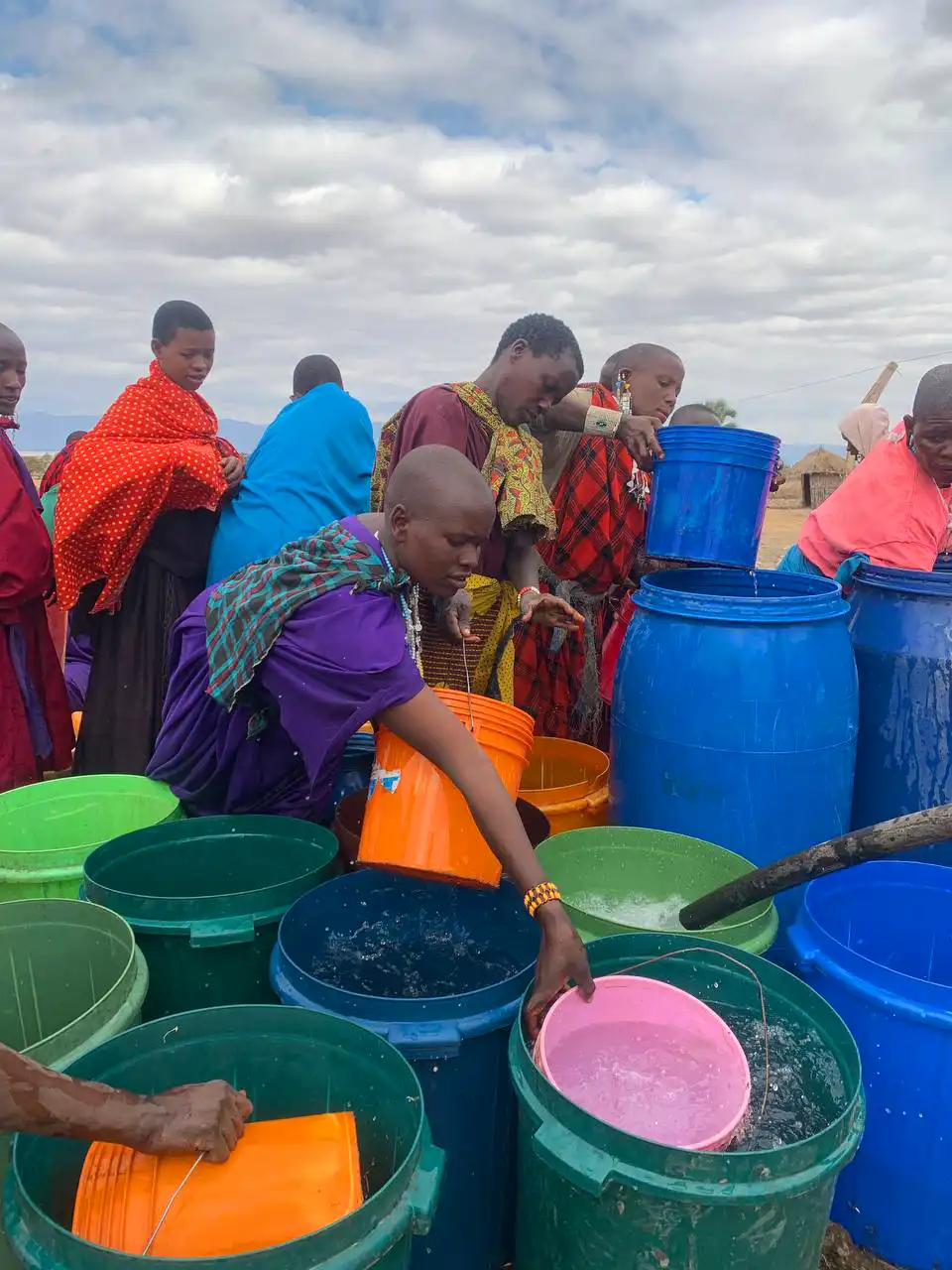Game drives in the Ngorongoro Crater are among the most rewarding in all of Africa. The high walls of the caldera mean that most animals remain in the area year-round, offering reliable and diverse wildlife viewing. Some of the highlights include:
Lions: The crater boasts a high density of lions, often seen lounging or hunting on the open plains.
Leopards: Found in the Lerai Forest, though more elusive.
Elephants: Especially older males with impressive tusks.
Black Rhinos: One of the last places in Tanzania to see endangered black rhinos in the wild.
Buffalos: Frequently seen in large herds.
Hippos: Found in pools and swamps, particularly around Gorigor Swamp.
Birds: Over 500 bird species, including flamingos, crowned cranes, ostriches, and raptors.
Hyenas, cheetahs, jackals, and a variety of antelopes also thrive here.
With such a compact area teeming with life, a single day inside the crater can feel like visiting a miniature version of the entire Serengeti ecosystem.
The Ngorongoro Crater offers excellent year-round wildlife viewing, but different seasons provide slightly different experiences:
June to October (Dry Season): Best for general wildlife viewing. Animals gather around waterholes, and the grass is shorter, making it easier to spot wildlife.
November to May (Green Season): Fewer tourists and dramatic, lush scenery. Excellent for birdwatching and photography.
March to April: This is the wettest time, and some tracks may become difficult to navigate, but the crater remains open.
Conservation & Culture: Unlike many national parks, the NCA is a multiple-use area that allows the semi-nomadic Maasai to live and graze cattle within its boundaries.
UNESCO World Heritage Site: The conservation area is protected for both its natural and cultural significance.
Biodiversity: The crater hosts one of the highest densities of wildlife in Africa.
Geological Significance: The formation and structure of the caldera provide insight into the region’s volcanic past.
Archaeological Importance: Sites like Olduvai Gorge offer a deep look into early human evolution.
